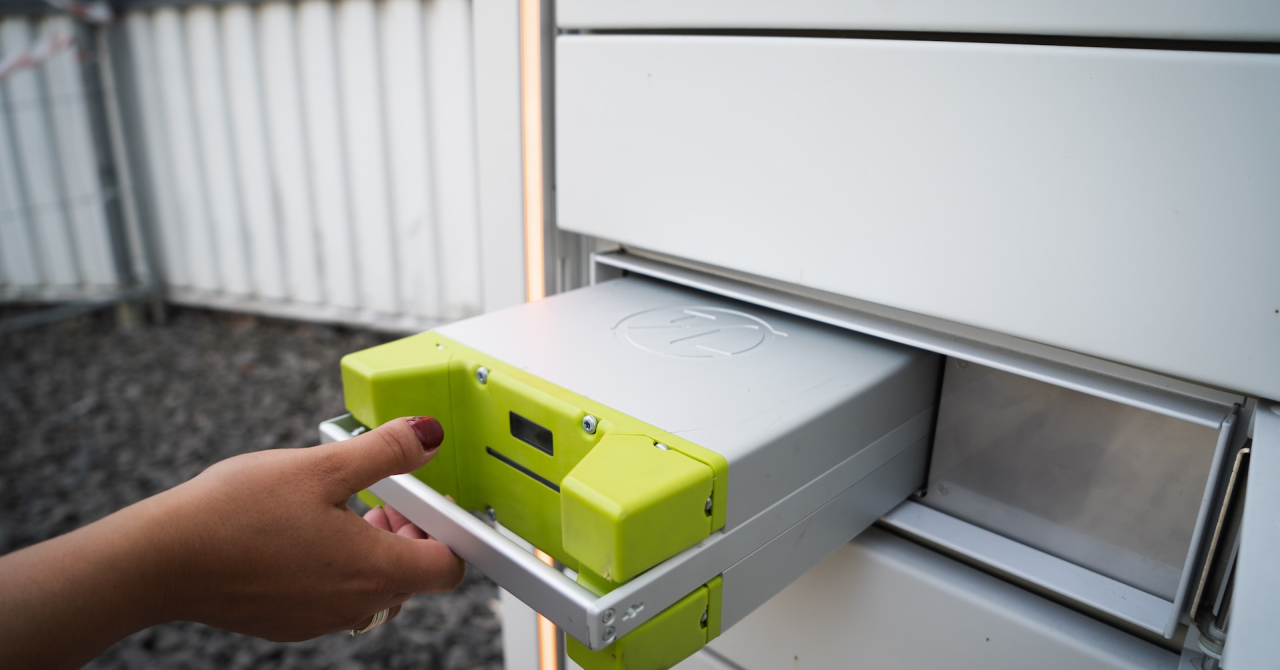Euronews.green writes that the process doesn't require using dangerous or expensive chemicals, while being said to be very efficient at recovering high amounts of important metals, as per the scientists.
Research leader Martina Petranikova said that "as the method can be scaled up, we hope it can be used in industry in future years."
One of the more popular ways to recycle batteries currently is through the process of hydrometallurgy, which implies dissolving the individual metals inside a lithium-ion battery in an inorganic acid.
This requires going through a number of purification steps before the individual materials are being separated, which means that some of the lithium gets lost.
The method presented by scientists at Sweden’s Chalmers University of Technology allows for the recovery of 100% of the aluminum, as well as 98% of the lithium, which could be huge, given the number of EV batteries that will soon be available for recycling.
Some experts believe that by 2040, we will have around 1.000 GWh worth of batteries for recycling.
Léa Rouquette, PhD student at the Department of Chemistry and Chemical Engineering at Chalmers, explains that "so far, no one has managed to find exactly the right conditions for separating this much lithium using oxalic acid, whilst also removing all the aluminum."
Using powder from EV batteries and an organic acid found in spinach, the team led by Roquette and Patranikova was able to dissolve the aluminum and lithium, whereas the other metals inside the cells remain solid. After this step, the metals need to be separated in order to collect the lithium, which isn't a difficult process, according to the scientists.
"Since the metals have very different properties, we don’t think it’ll be hard to separate them. Our method is a promising new route for battery recycling - a route that definitely warrants further exploration", Rouquette added.
Given that the team of researchers already collaborates on battery recycling with Volvo and Northvolt, this process could hit industrial scale if proven to be a viable solution.
 Mihai - Cristian Ioniță
Mihai - Cristian Ioniță












Any thoughts?